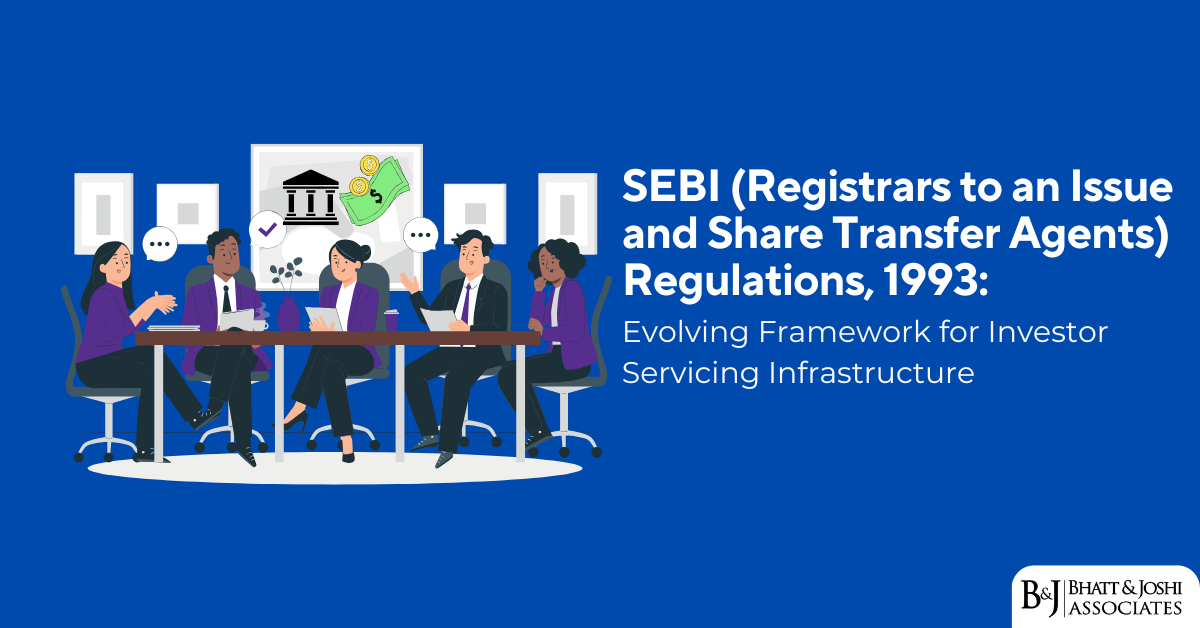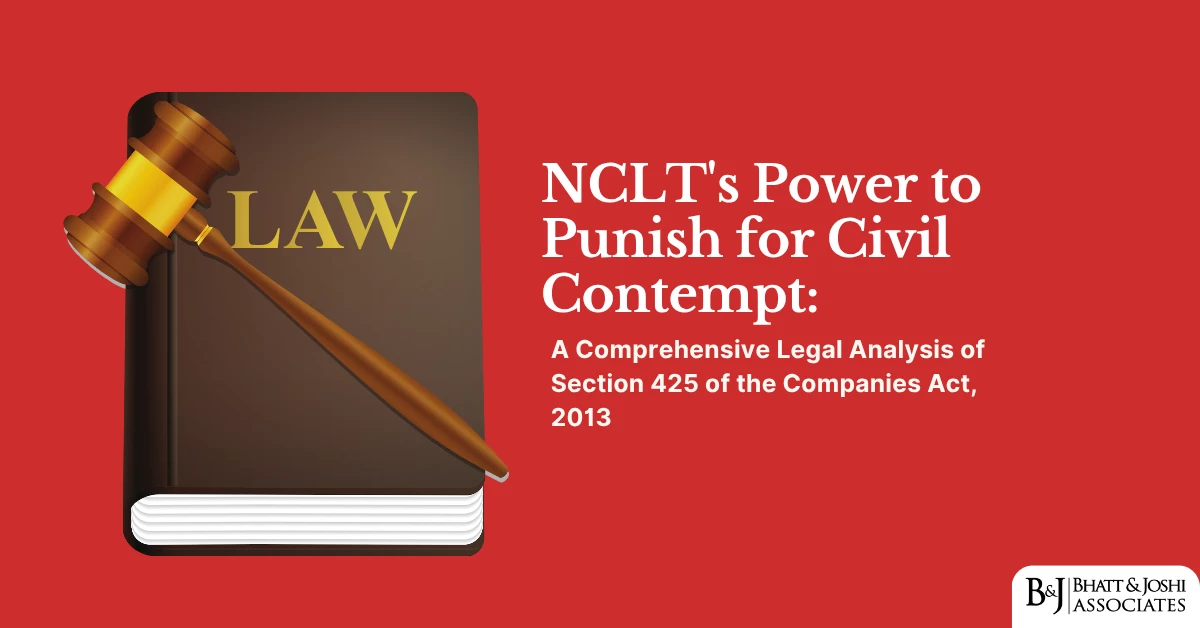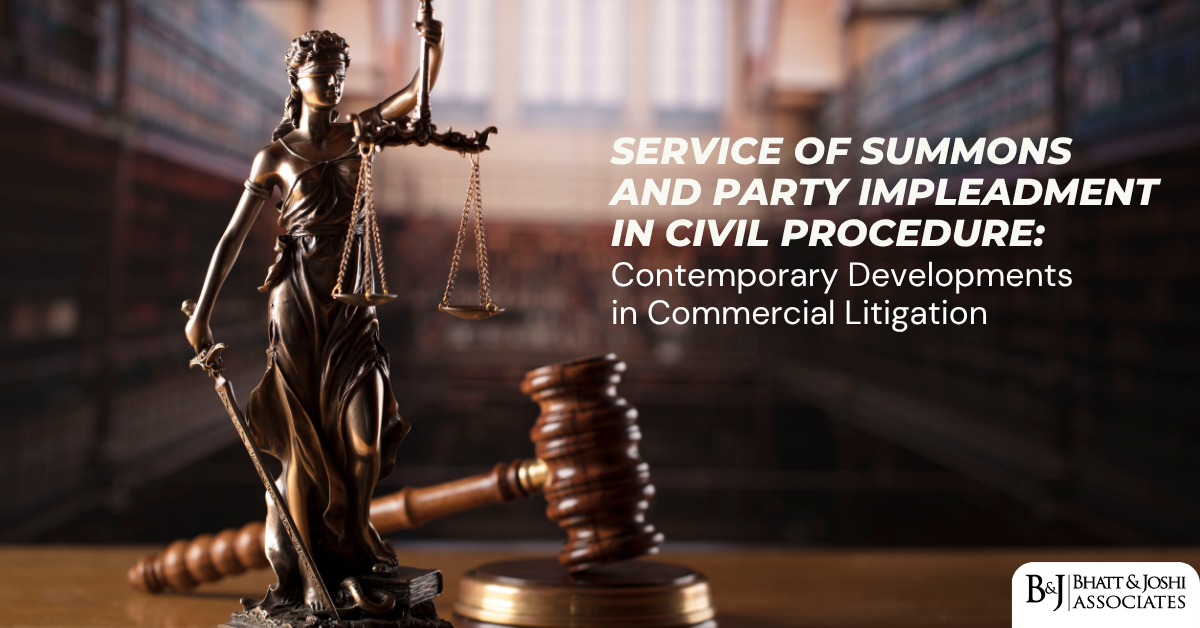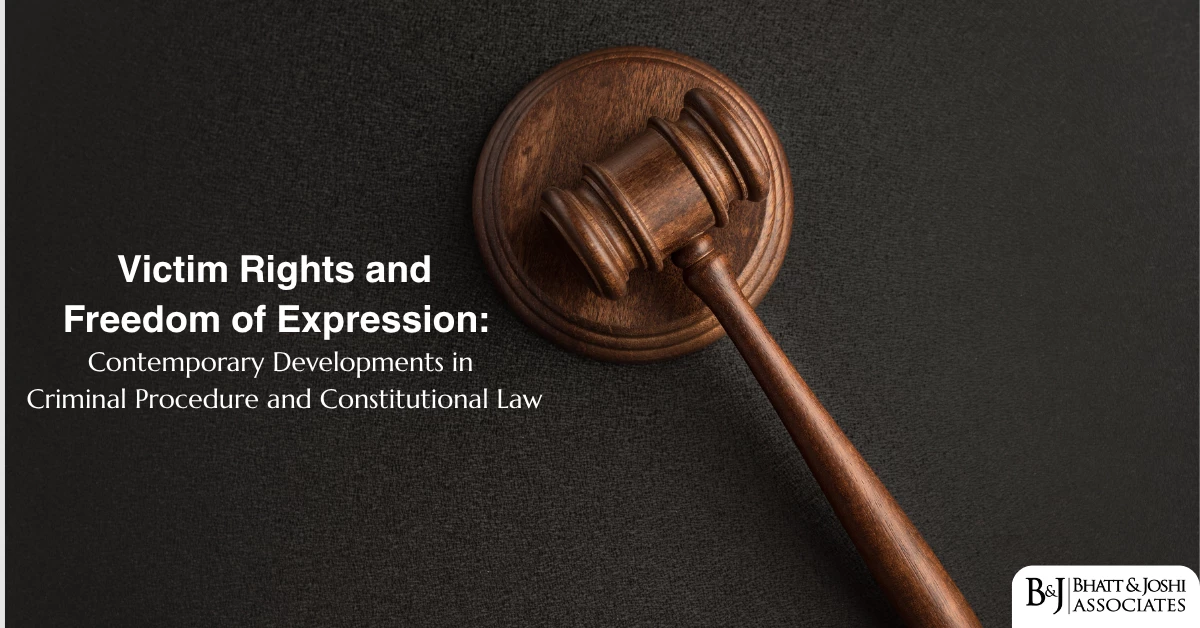Introduction
The Securities and Exchange Board of India (SEBI) enacted the Registrars to an Issue and Share Transfer Agents (RTAs) Regulations in 1993 to establish a comprehensive regulatory framework for entities that maintain records of security holders and process security transfers in India’s capital markets. These regulations recognized the critical infrastructure role played by RTAs in maintaining accurate ownership records, facilitating seamless transfers, and providing essential services to both issuers and investors. As the primary intermediaries responsible for processing investor applications during public offerings and maintaining ongoing investor records post-listing, RTAs represent a fundamental component of market infrastructure that directly impacts investor experience and confidence. By creating a structured regulatory regime through the SEBI RTAs Regulations, 1993, SEBI aimed to enhance operational standards, improve investor service quality, and strengthen the integrity of securities ownership records, thereby supporting the broader objectives of investor protection and market development.
Historical Context and Legislative Evolution of SEBI RTAs Regulations
The SEBI (Registrars to an Issue and Share Transfer Agents) Regulations emerged during the early formative years of India’s securities market reforms. Prior to these regulations, the functions of registrars and transfer agents were performed without specialized regulatory oversight, often by in-house issuer departments or unregulated service providers. This created significant inconsistencies in service standards, operational practices, and investor experiences across different securities.
The SEBI RTAs Regulations, 1993, were promulgated under Section 30 of the SEBI Act, 1992, which empowers SEBI to make regulations consistent with the Act. Their introduction coincided with a period of fundamental transformation in India’s capital markets, including the establishment of the National Stock Exchange in 1992, reforms in the primary market issuance process, and initial steps toward the dematerialization of securities.
Over the decades, these regulations have undergone significant evolution to adapt to changing market conditions and technological developments:
- The original SEBI RTAs Regulations 1993 established the basic registration framework and operational standards for RTAs in a predominantly paper-based securities market.
- The 1998 amendments updated requirements to reflect the introduction of depositories and the beginning of dematerialization under the Depositories Act, 1996.
- The 2006 revisions strengthened the governance framework and enhanced investor service requirements.
- The 2011 amendments updated capital adequacy requirements and modernized operational standards.
- The 2018 revisions further strengthened investor protection mechanisms and enhanced disclosure requirements.
The most transformative influence on the RTA regulatory framework has been the transition from physical certificates to electronic holdings. When the regulations were first introduced, securities existed primarily in physical form, with transfer requiring physical movement of certificates, signature verification, and manual register updates. The subsequent dematerialization of securities fundamentally altered the operational landscape for RTAs, shifting their focus from physical certificate handling toward electronic record management, depository interfaces, and digital investor services.
Registration Requirements and Eligibility for RTAs under SEBI Regulations
Chapter II: Registration Framework
Chapter II of the SEBI RTAs Regulations 1993 sets out the registration requirements. Regulation 3 states:
“No person shall act as registrar to an issue or share transfer agent unless he has obtained a certificate of registration from the Board under these regulations:
Provided that a person acting as registrar to an issue or share transfer agent immediately before the commencement of these regulations may continue to do so for a period of three months from such commencement or, if he has made an application for such registration within the said period of three months, till the disposal of such application.”
The regulations create two distinct categories of registration:
- Category I: Entities authorized to carry on activities as both registrar to an issue and share transfer agent
- Category II: Entities authorized to carry on activity either as registrar to an issue or as share transfer agent
This distinction reflects the different operational capabilities, capital requirements, and expertise needed for the full range of services versus more specialized functions.
Eligibility Criteria for SEBI Registration of RTAs
Regulation 6 outlines comprehensive eligibility criteria for registration:
“The Board shall not grant a certificate of registration under regulation 6 unless the applicant satisfies the following conditions, namely:— (a) the applicant is a body corporate; (b) the applicant has the necessary infrastructure, including adequate office space, equipment and manpower to effectively discharge his activities; (c) the applicant has qualified personnel to carry out the responsibilities as registrar to an issue or share transfer agent, as the case may be; (d) any of its director, has not at any time been convicted for an offence involving moral turpitude or any economic offence; (e) the applicant has not at any time been guilty of violations of provisions of any Act, and rules or regulations made thereunder, designed to protect the interests of investors in securities; (f) the applicant fulfils the capital adequacy requirements specified in regulation 7; (g) the applicant has professional qualification from an institution recognized by the Government in finance, accountancy, law or business management; (h) the applicant has considerable experience in handling the work of registrar to an issue or share transfer agent as the case may be; (i) the grant of certificate to the applicant is in the interest of investors; and (j) the applicant is a fit and proper person.”
The capital adequacy requirements specified in Regulation 7 establish minimum net worth thresholds:
- For Category I: Not less than Rs. 50 lakhs (Rs. 5 million)
- For Category II: Not less than Rs. 25 lakhs (Rs. 2.5 million)
These financial requirements ensure that RTAs have sufficient capital to invest in necessary infrastructure, maintain operational capabilities, and absorb potential liabilities arising from operational errors.
RTAs Application and Registration Process under SEBI Regulations
Regulations 4-8 establish a comprehensive application and evaluation process:
- Detailed application containing information about organizational structure, technological infrastructure, and operational experience
- Due diligence of key personnel to ensure no history of market violations or financial misconduct
- Assessment of operational capabilities, particularly regarding record-keeping and investor service systems
- Evaluation of technological infrastructure and disaster recovery mechanisms
- Review of internal control systems and oversight procedures
Upon successful evaluation, SEBI grants a certificate of registration, typically valid for five years and subject to renewal. This structured evaluation process ensures that only qualified entities with appropriate resources and expertise can function as RTAs.
Core Duties and Compliance of RTAs under SEBI Regulations
Chapter III: Core Duties under Chapter III of SEBI RTA Regulations
Chapter III of the SEBI RTAs Regulations, 1993 establishes fundamental obligations for RTAs. Regulation 12 mandates:
“(1) Every registrar to an issue and share transfer agent holding a certificate shall, besides fulfilling the terms and conditions contained in regulations 6 and 7, abide by the code of conduct as specified in Schedule III. (2) Every registrar to an issue and share transfer agent shall maintain appropriate records relating to their activities and proper books of account, records and documents, etc.”
This provision establishes both adherence to the code of conduct and maintenance of proper records as foundational obligations for RTAs.
Record Maintenance Obligations under Regulation 13
Regulation 13 establishes detailed record-keeping requirements:
“(1) Every registrar to an issue shall maintain the following records with respect to: (a) all the applications received from investors in respect of an issue; (b) all rejected applications, specifying the reasons for rejections; (c) basis of allotment; (d) terms and conditions of purchase of securities; (e) allotment of securities; (f) list of allottees and non-allottees; (g) refund orders; (h) such other records as may be specified by the Board for carrying on the activities as registrar to an issue.
(2) Every share transfer agent shall maintain the following records with respect to: (a) all the transfers effected; (b) the number of transfers pending for more than 10 days, and the reasons for such pendency; (c) certificates issued, including duplicate certificates; (d) split of certificates; (e) records of the meetings of the transfer committee, if any; (f) correspondence with the investors and the bodies corporate; (g) correspondence with the stock exchanges; (h) such other records as may be specified by the Board for carrying on the activities as share transfer agent.”
These comprehensive record-keeping requirements ensure that RTAs maintain complete and accurate documentation of all their activities, creating an audit trail that enables regulatory oversight and investigation when needed.
Mandated Client Agreements under Regulation 13A
Regulation 13A, introduced in subsequent amendments, requires a written agreement with clients:
“Every registrar to an issue and share transfer agent shall enter into a legally binding agreement with the issuer, setting out their mutual rights, liabilities and obligations relating to such activities and in accordance with the provisions of the depositories act, regulations and bye-laws.”
This requirement ensures clarity regarding the respective responsibilities of the RTA and the issuer, preventing gaps in accountability that could affect investor service quality.
Code of Conduct for RTAs under SEBI Regulations
Schedule III contains a detailed code of conduct for RTAs. Key provisions include:
- Maintaining high standards of integrity, dignity, and fairness in all dealings
- Exercising due diligence and reasonable care in all operations
- Maintaining appropriate confidentiality of client and investor information
- Avoiding conflicts of interest that could compromise service quality
- Ensuring timely and accurate processing of investor requests
- Cooperating with regulatory authorities and other market participants
These ethical standards complement the operational requirements, creating a comprehensive framework for RTA behavior.
Key Judicial Interpretations on SEBI Regulations Governing RTAs
Karvy Computershare v. SEBI (2017)
This SAT appeal addressed record-keeping standards for RTAs. Karvy Computershare had challenged SEBI’s order regarding deficiencies in maintaining investor records. The tribunal’s judgment established:
“The record-keeping obligation of RTAs under Regulation 13 is not merely procedural but substantive, reflecting the fundamental role of these entities as repositories of ownership information in the securities market. Accurate and comprehensive record-keeping is essential not merely for regulatory compliance but for protecting the substantive property rights of investors in their securities.
The required standard for record-keeping encompasses not merely retention of information but active maintenance ensuring accessibility, accuracy, and completeness. In a hybrid market with both physical and dematerialized securities, records must establish clear audit trails across both formats, with particular attention to reconciliation between physical certificates and electronic holdings.
While the regulations predated comprehensive digitization, they must be interpreted purposively to require evolution of record-keeping standards with technological capabilities. As technological possibilities for secure, accessible record-keeping expand, the standard of care expected from RTAs similarly evolves, requiring appropriate investment in systems and processes.”
This judgment established that the record-keeping obligation is a dynamic standard that evolves with technological capabilities, rather than a static compliance requirement.
Link Intime India v. SEBI (2019)
This case focused on corporate action processing standards. Link Intime had challenged SEBI’s interpretation regarding its responsibilities in processing dividend payments. The SAT judgment noted:
“The RTA’s responsibility in processing corporate actions extends beyond mere mechanical execution of issuer instructions to include appropriate verification, validation, and investor protection considerations. When facilitating dividend distributions, bonus issuances, or other corporate actions, the RTA functions not merely as the issuer’s agent but as a market infrastructure provider with independent obligations to investors.
These obligations include: (a) maintaining appropriate reconciliation of investor records to ensure corporate action benefits reach all eligible investors; (b) implementing verification mechanisms to prevent processing errors; (c) establishing appropriate notification systems to inform investors about corporate actions; (d) maintaining audit trails of all corporate action processing steps; and (e) implementing investor grievance mechanisms specifically addressing corporate action issues.
The timeliness standard for corporate action processing must be interpreted in light of both technological capabilities and investor protection needs. As processing technologies improve, the acceptable timeframe for completing corporate actions correspondingly contracts, requiring RTAs to continually upgrade their technological capabilities.”
This judgment emphasized the RTA’s substantive responsibilities in corporate action processing and the evolution of service standards with technological capabilities.
KFin Technologies v. SEBI (2020)
This case addressed digital transformation requirements for RTAs. KFin had sought clarification regarding SEBI’s expectations for technology adoption. The tribunal held:
“The regulatory framework for RTAs, while originally conceived in a paper-based environment, must be interpreted purposively to require appropriate technological adaptation as market infrastructure evolves. The obligation to maintain ‘appropriate records’ under Regulation 13 implicitly requires adoption of contemporary record-keeping technologies that enhance accuracy, security, and accessibility.
In the contemporary context, appropriate technological infrastructure for RTAs includes: (a) comprehensive digitization of investor records with appropriate backup and recovery mechanisms; (b) secure digital interfaces with depositories, stock exchanges, and issuer systems; (c) automated reconciliation processes to ensure consistency across different record formats; (d) digital communication channels for investor services with appropriate security measures; and (e) robust cybersecurity frameworks to protect investor data integrity.
While the regulations do not mandate specific technologies, they establish a principles-based obligation to maintain infrastructure aligned with evolving market standards and investor service expectations. This requires regular technology assessment and appropriate investment in systems upgrading.”
This judgment clarified the implicit technological evolution requirements within the regulatory framework, establishing that contemporary standards rather than original 1993 capabilities determine compliance expectations.
Operational and Technological Evolution of RTAs
The RTA function has undergone dramatic transformation since the SEBI RTAs Regulations 1993 were introduced, particularly due to dematerialization and technological advancement:
Dematerialization Impact
The transition from physical certificates to electronic holdings fundamentally transformed RTA operations:
- Initial Phase (1996-2003): During this transitional period, RTAs managed dual systems handling both physical certificates and dematerialization requests. Their role included verification of physical certificates for dematerialization, coordination with depositories, and maintenance of parallel record systems.
- Middle Phase (2004-2010): As dematerialization progressed, RTAs shifted focus toward managing interfaces between issuers, depositories, and investors. While physical certificates remained significant for certain investor segments, electronic holdings became dominant in trading volumes.
- Contemporary Phase (2011-present): Physical certificates now represent a minority of holdings, with RTAs primarily managing electronic records. However, they continue to handle residual physical certificates, particularly for smaller investors, estates, and disputed holdings.
This transformation required substantial investment in new technological systems, development of depository interfaces, and fundamental reorientation of operational processes from paper handling toward electronic data management.
Technological Evolution
RTA operations have been revolutionized by technological advancement:
- Database Management: From paper registers to sophisticated database systems tracking ownership, transfers, and corporate actions.
- Web Portals: Development of online investor service platforms allowing electronic submission of requests, status tracking, and document downloads.
- Mobile Applications: Creation of smartphone applications enabling investors to access services, track holdings, and submit requests through mobile devices.
- Process Automation: Implementation of automated workflows for transfer processing, investor communications, and corporate action execution.
- Artificial Intelligence: Emerging applications of AI for anomaly detection, fraud prevention, and enhanced investor service through chatbots and automated communication systems.
This technological evolution has been both driven by and reflected in regulatory expectations, with SEBI progressively raising standards for digital transformation through circulars, guidelines, and enforcement actions.
Market Structure Development
The RTA landscape has evolved significantly since the SEBI RTAs Regulations 1993 were introduced:
- Consolidation: The market has consolidated from numerous small players to a handful of dominant entities, with the top three RTAs (KFin Technologies, Link Intime, and CAMS) serving the majority of listed companies.
- Specialization: Some RTAs have developed specialized focus on particular issuer categories or investor segments, including mutual funds, alternative investment funds, and international offerings.
- Service Expansion: Leading RTAs have expanded beyond core registrar and transfer functions to provide adjacent services including compliance support, investor analytics, corporate governance advisory, and digital transformation consulting.
- Integration with Other Intermediaries: Operational integration between RTAs, depositories, clearing corporations, and exchanges has created more seamless market infrastructure, particularly for corporate actions and investor service.
This market evolution reflects both competitive dynamics and regulatory influence, with SEBI’s progressive raising of operational standards driving consolidation toward entities capable of significant technology investment and comprehensive service capabilities.
Challenges & Future Directions for SEBI RTAs Regulations
Despite significant progress, several challenges remain in the regulatory framework established by the SEBI RTAs Regulations, 1993:
Digital Transformation
The transition to fully digital operations presents both opportunities and challenges:
- Legacy Systems: Many RTAs operate on technology platforms originally designed for earlier market structures, creating challenges in adaptation to contemporary requirements.
- Cybersecurity: As operations become fully digital, the security of investor records and transaction processing faces increasing threats requiring sophisticated protection mechanisms.
- Digital Identity: The verification of investor identity for service requests continues to balance security requirements with service accessibility, particularly challenging in a diverse market with varying technological adoption.
- Data Privacy: Growing regulatory focus on data protection requires RTAs to implement comprehensive frameworks for investor data privacy while maintaining necessary information sharing with market participants.
Recent regulatory focus has included specific cybersecurity standards for RTAs, mandatory security audits, and enhanced requirements for investor data protection protocols.
Investor Service Enhancement
As investor expectations evolve, service standards face increasing scrutiny:
- Service Timeliness: Progressive reduction in acceptable processing timeframes for investor requests, from weeks to days to hours for certain services.
- Communication Standards: Evolution from physical mail to electronic communication to real-time status updates and proactive notifications.
- Grievance Resolution: Enhanced expectations for prompt resolution of investor complaints, with regulatory mandates for timeframes and escalation mechanisms.
- Accessibility: Requirements for service access through multiple channels including physical offices, call centers, web portals, mobile applications, and social media interfaces.
Regulatory initiatives have included mandated service level standards, disclosure of service statistics, and penalty frameworks for service failures.
Corporate Action Standardization
The processing of corporate actions remains a complex area requiring further standardization:
- International Alignment: Increasing pressure to align Indian corporate action processing with global standards, particularly regarding ex-dates, record dates, and payment cycles.
- Process Automation: Movement toward straight-through processing of corporate actions with minimal manual intervention.
- Information Standardization: Development of standardized data formats for corporate action announcements, processing, and investor communications.
- Cross-Border Considerations: Growing requirements for handling corporate actions for international securities and for Indian securities held by international investors.
Recent regulatory discussions have explored potential mandated standards for corporate action processing timelines, information formats, and investor communication protocols.
Emerging Investor Categories
New investor categories create specialized service requirements:
- Foreign Portfolio Investors: International investors require specialized servicing reflecting cross-border considerations, custody arrangements, and regulatory reporting requirements.
- New Domestic Institutions: The growth of alternative investment funds, insurance investment portfolios, and pension funds creates distinctive service needs different from traditional institutional or retail investors.
- Digital Natives: Younger investors expect fully digital, mobile-first service experiences aligned with contemporary technology platforms.
- Senior Citizens: Aging investors may require specialized accessibility considerations and additional verification protections.
Regulatory guidance has increasingly recognized these differentiated needs while maintaining core principles of investor protection across all categories.
Future Growth Directions for RTAs
The RTA function continues to evolve, with several trends likely to shape future development:
Blockchain Applications
Distributed ledger technology offers significant potential for RTA functions:
- Ownership Records: Blockchain-based ownership registries could enhance security, transparency, and accessibility of shareholder records.
- Corporate Actions: Smart contracts could automate dividend distributions, rights offerings, and other corporate actions with enhanced efficiency and reduced errors.
- Voting Systems: Blockchain-based voting platforms could increase participation in corporate governance while enhancing vote verification and transparency.
- Share Transfers: Distributed ledger systems could streamline transfer processes with real-time settlement and enhanced security.
While regulatory frameworks have not yet specifically addressed blockchain applications for RTAs, consultative papers and industry discussions suggest growing interest in exploring controlled implementation of these technologies.
API Ecosystems
Application Programming Interface (API) frameworks offer potential for enhanced service integration:
- Issuer Integration: Standardized interfaces between issuer systems and RTA platforms to streamline corporate action initiation and reporting.
- Investor Service Platforms: APIs allowing investors to access RTA services through multiple channels including banking platforms, investment applications, and financial advisor systems.
- Regulatory Reporting: Automated data flows from RTAs to regulators for compliance monitoring and market surveillance.
- Market Infrastructure Connectivity: Seamless integration between RTAs, depositories, exchanges, and clearing systems to enhance process efficiency.
Regulatory discussions increasingly recognize the potential of standardized API frameworks to enhance market efficiency while maintaining appropriate security and access controls.
Data Analytics Enhancement
Advanced analytics offers opportunities for improved service and risk management:
- Investor Behavior Analysis: Using historical patterns to predict service needs and potential issues.
- Fraud Detection: Advanced pattern recognition to identify anomalous transactions or suspicious activity.
- Service Optimization: Analytics-driven improvement of processing workflows and resource allocation.
- Regulatory Compliance: Proactive identification of potential compliance issues through pattern analysis.
While privacy considerations create boundaries for data utilization, the regulatory framework increasingly recognizes the potential of appropriate analytics to enhance both service quality and investor protection.
Conclusion
The SEBI (Registrars to an Issue and Share Transfer Agents) Regulations, 1993, have established a comprehensive framework for a critical market infrastructure function that directly impacts investor experience and confidence. From their introduction during the early reform period of India’s capital markets through multiple adaptations addressing dematerialization and digital transformation, these regulations have maintained focus on the fundamental objectives of accurate ownership records, efficient transfer processing, and responsive investor service.
The dramatic transformation of the RTA function from paper-based record-keeping to sophisticated digital operations illustrates the adaptability of principles-based regulation. While the core regulatory objectives remained consistent, the interpretation and implementation of these principles evolved with market structure and technological capabilities, guided by judicial interpretations that emphasized purposive rather than static application of regulatory requirements.
As India’s capital markets continue to evolve in sophistication, international integration, and technological capability, the RTA regulatory framework will face ongoing challenges requiring further adaptation. Digital transformation, service enhancement expectations, corporate action standardization, and emerging investor categories will necessitate continued regulatory evolution balancing investor protection with operational efficiency.
The SEBI RTAs Regulations 1993 demonstrate SEBI’s approach to infrastructure regulation – establishing necessary standards and accountability mechanisms while allowing market evolution and technological advancement to enhance service capabilities. This balanced approach has supported the dramatic transformation of India’s securities markets while maintaining focus on the fundamental objective of investor protection through reliable, efficient market infrastructure.
References
- Agarwal, S., & Patil, R. (2021). Evolution of Registrar and Transfer Agent Functions in Indian Securities Markets. Journal of Securities Operations & Custody, 13(2), 157-173.
- Balasubramanian, N., & Janakiraman, S. (2018). Corporate Governance and Shareholder Record Management in India: The Role of RTAs. Indian Journal of Corporate Governance, 11(1), 45-62.
- Chandrasekhar, K. (2019). Digitization of Investor Services: Regulatory Framework and Implementation Challenges. Securities Market Journal, 8(3), 112-129.
- Das, S., & Sharma, A. (2020). Blockchain Applications in Securities Servicing: Opportunities and Challenges for Registrars. International Journal of Blockchain Technology, 12(2), 78-94.
- Jain, R., & Aggarwal, M. (2017). Dematerialization Impact on Registrar Functions: Historical Analysis of Indian Market Evolution. NSE Working Paper Series, No. WP-31.
- Karvy Computershare v. SEBI, Appeal No. 191 of 2017, Securities Appellate Tribunal (November 28, 2017).
- KFin Technologies v. SEBI, Appeal No. 147 of 2020, Securities Appellate Tribunal (October 15, 2020).
- Link Intime India v. SEBI, Appeal No. 238 of 2019, Securities Appellate Tribunal (August 11, 2019).
- Ministry of Finance. (2015). Report of the Financial Sector Legislative Reforms Commission. Government of India, New Delhi.
- Prasad, V., & Singh, R. (2022). Service Quality in Securities Market Infrastructure: Comparative Analysis of RTA Performance Metrics. Journal of Financial Market Infrastructures, 10(3), 45-67.
- Securities and Exchange Board of India. (1993). SEBI (Registrars to an Issue and Share Transfer Agents) Regulations, 1993. Gazette of India, Part III, Section 4.
- Securities and Exchange Board of India. (2018). Report of the Committee on Strengthening the RTA Framework. SEBI, Mumbai.
- Sharma, N., & Gupta, A. (2019). Corporate Action Processing in Indian Securities Markets: Standardization Challenges and Opportunities. Journal of Securities Market, 7(2), 128-145.
- Venkatesh, S., & Subramaniam, K. (2016). Investor Experience in Indian Capital Markets: The Role of Market Infrastructure Providers. Vision: The Journal of Business Perspective, 20(4), 278-293.
- World Bank. (2020). Financial Sector Assessment Program: India Development Module – Securities Markets. World Bank Group, Washington, DC.














